A Look at Cardano NFT Marketplaces

NFTs don’t start and finish on Ethereum, and for anyone wanting to try out a new ecosystem, exploring some Cardano NFT marketplaces can provide an interesting alternative.
Let’s take a look at why to buy Cardano NFTs, five marketplaces to keep on your radar as you’re getting started, and a few more useful resources that can help you get to grips with the Cardano network.
Why Buy Cardano NFTs?
If you’re familiar with trading Ethereum NFTs, then you’ll notice that the Cardano NFT space has many similarities.
Twitter and Discord are the key social media channels, there are similar kinds of projects and collections (PFPs, art, gaming and the metaverse, and so on), and the chatter you’ll hear runs along similar lines (floor prices come up a lot, but so do discussions about art and utility).
As always with NFTs, hype and attention are valuable, and prices are highly volatile, but a difference on Cardano is that the scale is reduced.
The first Cardano NFTs didn’t appear until March 2021–a collection of 100 Berries that were airdropped for free, but are now highly priced–and the ecosystem has, since then, been playing catch up with Ethereum.
However, Cardano NFTs have several advantages:
- The blockchain is cheap and efficient, and you don’t need to worry about gas fees.
- The ecosystem has plenty of room for rapid expansion if it pulls in new users.
- Cardano NFTs are relatively low cost, even in the mid and upper tier collections.
Overall, if NFTs on Ethereum look a little expensive, and the daily churn seems overly chaotic, then Cardano can make for a gentler NFT entry point, while still having plenty of opportunities to make a profit.
Trade your way up on Cardano and you might, at some point, decide to take your profits and throw them at some NFTs on Ethereum. That said, though, Cardano NFTs can be a lot of fun, and once you’re hooked and part of some communities, you may never leave.
Cardano NFT Marketplaces
<h3 id="jpg-store“>JPG StoreIf you’re looking for the OpenSea of Cardano, then visit JPG Store, which has become the dominant marketplace and is very beginner-friendly. It looks inviting, it’s well constructed, and it’s constantly improving.
JPG Store has multiple payment options, and it’s integrated with Moonpay, allowing you to purchase ADA quickly with a credit card. If you have neither ADA nor a crypto wallet, you can pay directly with a credit card and have NFTs stored via Winter wallet, and there are also options to pay in ETH and SOL.
Don’t worry if you find yourself doing all your trading through JPG Store, as it pretty much has the top spot wrapped up for the moment. However, NFTs move fast, and the potential for rapid disruption is always there.
<h3 id="cnft.io“>CNFT.IOBefore JPG Store, there was CNFT.IO, which was actually the very first Cardano NFT marketplace. Using it was a hit-and-miss experience back then, meaning it was always at risk of being superseded by a more efficient competitor, and that’s exactly what happened when JPG Store came along.
Still, CNFT.IO continues to operate, has improved and updated a lot since its early days, and the name will always evoke nostalgia among early Cardano JPEG traders reminiscing about the clunky, pre-smart contract era.
<h3 id="tokhun“>TokhunAnother early marketplace that has stuck around, Tokhun was always geared more towards artists wanting to mint their work, rather than large, hyped-up drops, and it has a niche feeling about it.
While the site now feels in need of updates and is a little bare, it can still be worth checking in with and looking around to find new artwork, as there are creators actively minting NFTs there.
<h3 id="book“>BookAn original, forward-thinking platform, Book is focused on using NFTs in the worlds of literature and publishing.
You won’t find PFPs or generative art, but instead, this is a decentralized marketplace where readers can buy, sell and read books, and earn the platform’s native token, while authors can mint their work as NFTs, earn royalties on secondary sales (as well as earning from initial sales), and connect directly with audiences.
In an area of tech where critics demand real-world use cases, Book is demonstrating clear utility and taking a novel, crypto-centered approach to an important industry.
<h3 id="flipr“>FliprIt’s not operating yet, but Flipr is a new platform that’s gearing up for launch. While JPG Store is currently the top Cardano marketplace, a glance at the way the Ethereum ecosystem has developed suggests that new rivals will offer competition, and Flipr may be a contender.
It’s planning a native token to reward traders, which can then be staked, and will incorporate a DAO structure, allowing members to participate in steering the future of the platform.
Holders of a Ghostchain NFT (created by the Flipr team) will also receive marketplace token rewards, airdropped from Flipr.
Look Around Cardano
Aside from the marketplaces themselves, another useful resource is the Cardano Cube NFT Marketplace section, which lists all current platforms, big, small, and sometimes still in the works.
In fact, Cardano Cube is a valuable resource from which to explore the entire Cardano ecosystem, as it gives an overview of all kinds of development, from DEXes to meme coins to wallets, and everything in between.
For NFT analytics, CNFT Jungle is very comprehensive, and for a useful new tool, you might want to try out Poki, which is a mobile portfolio app for Cardano NFTs.

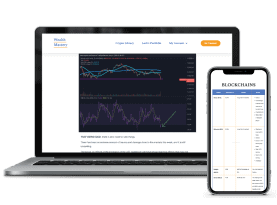





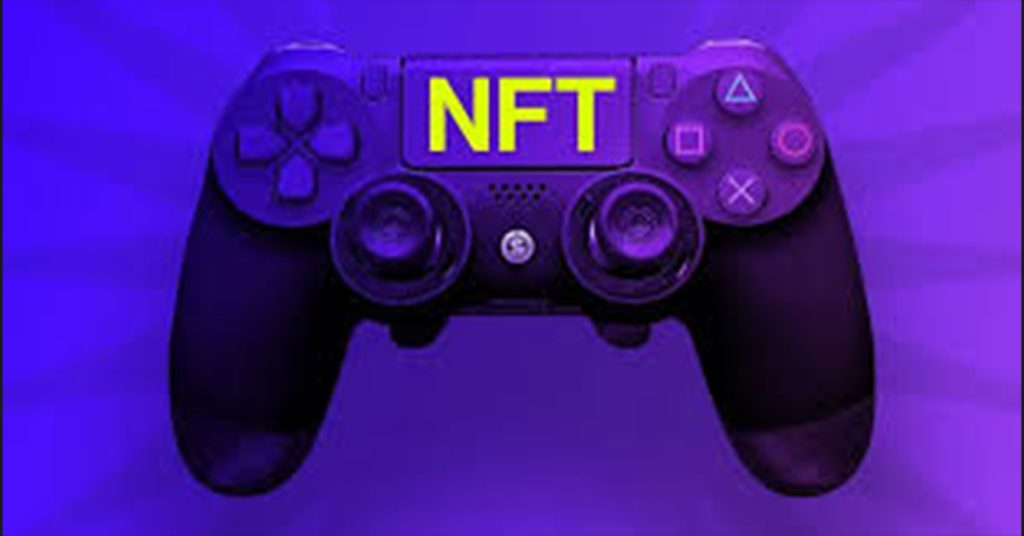
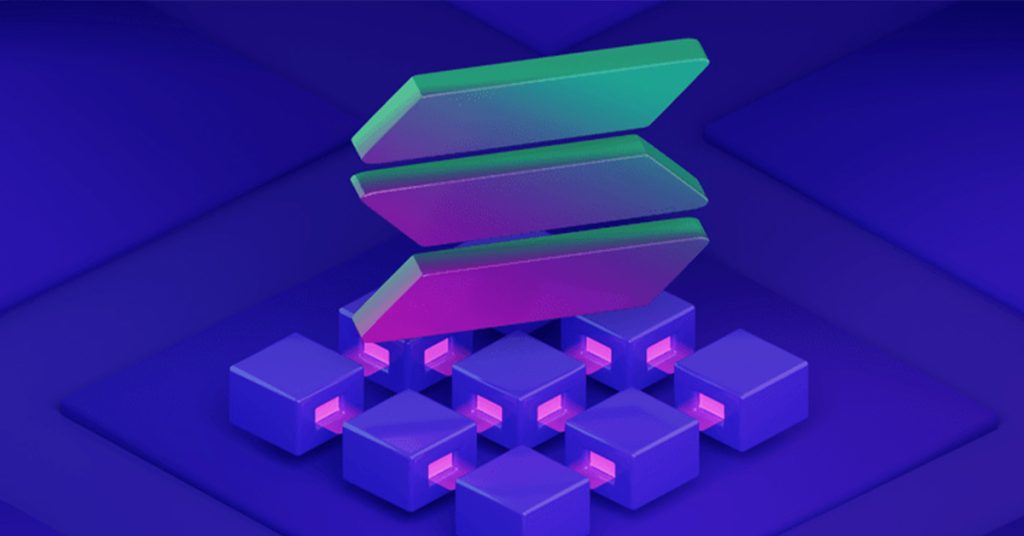
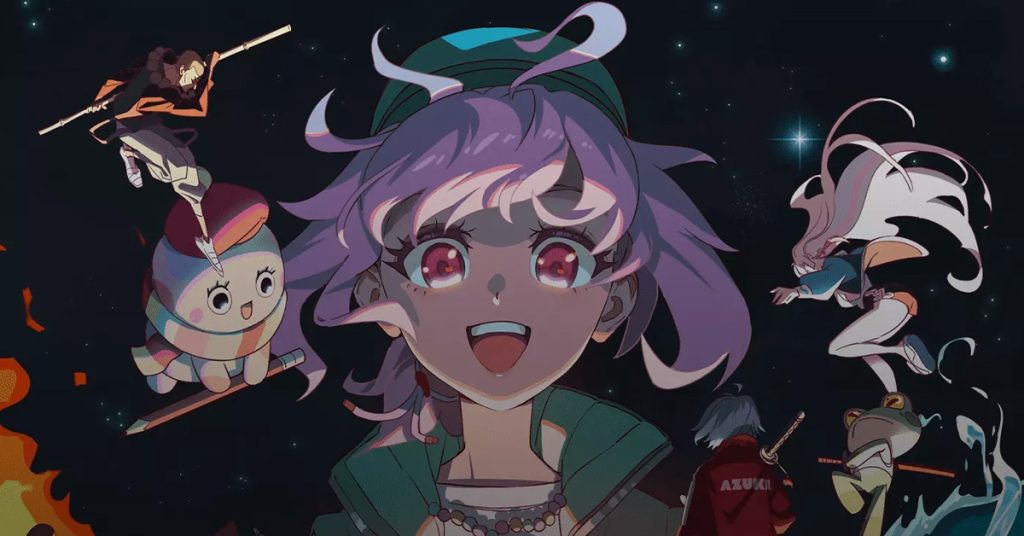
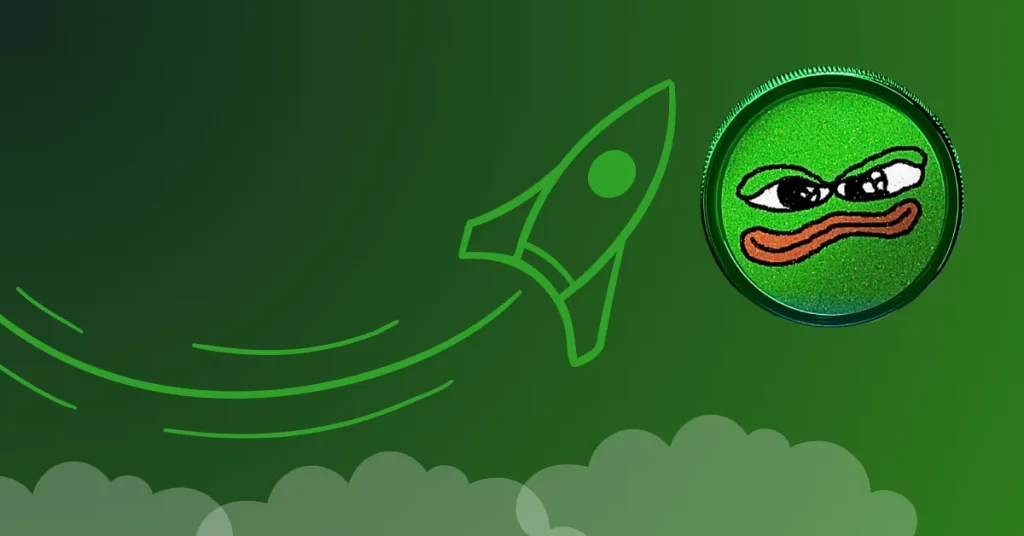

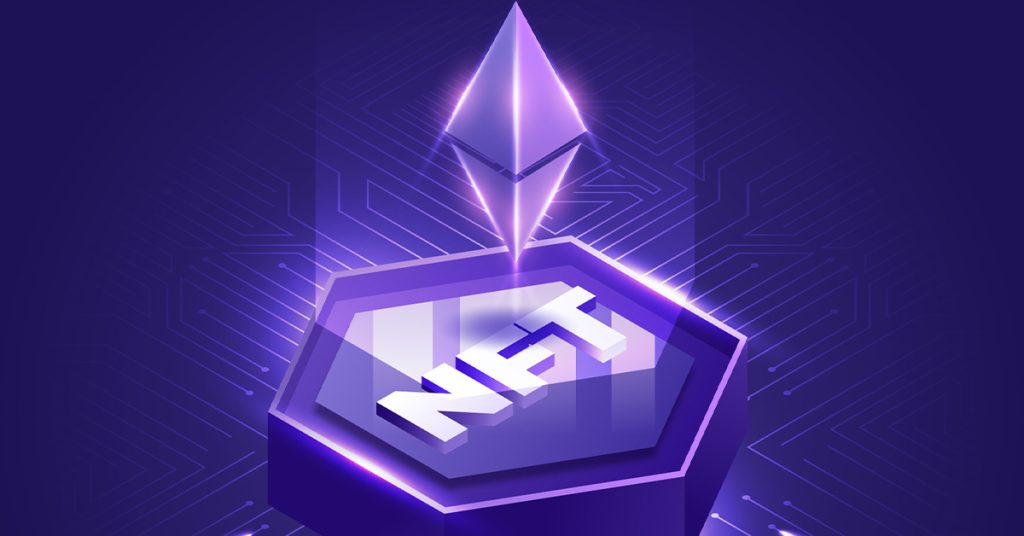
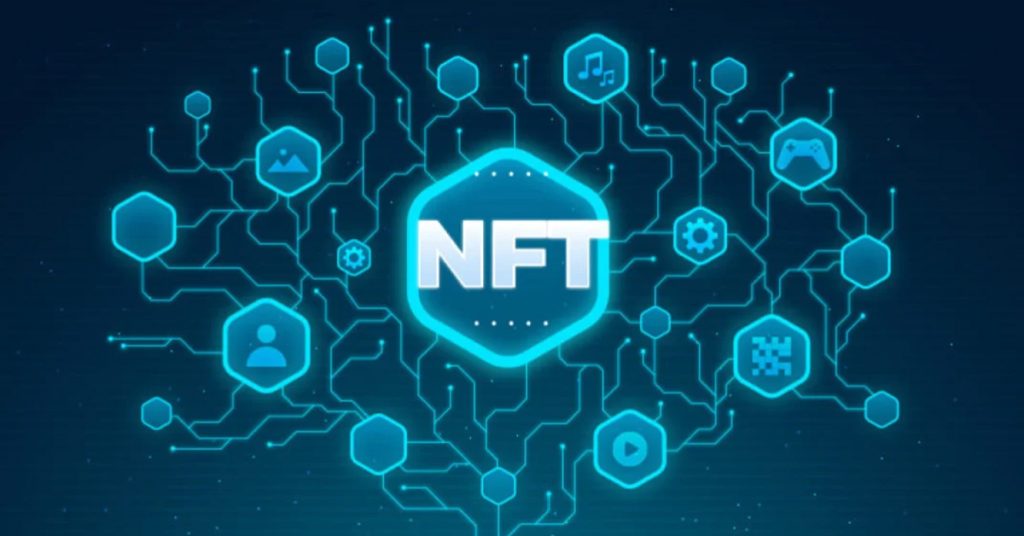
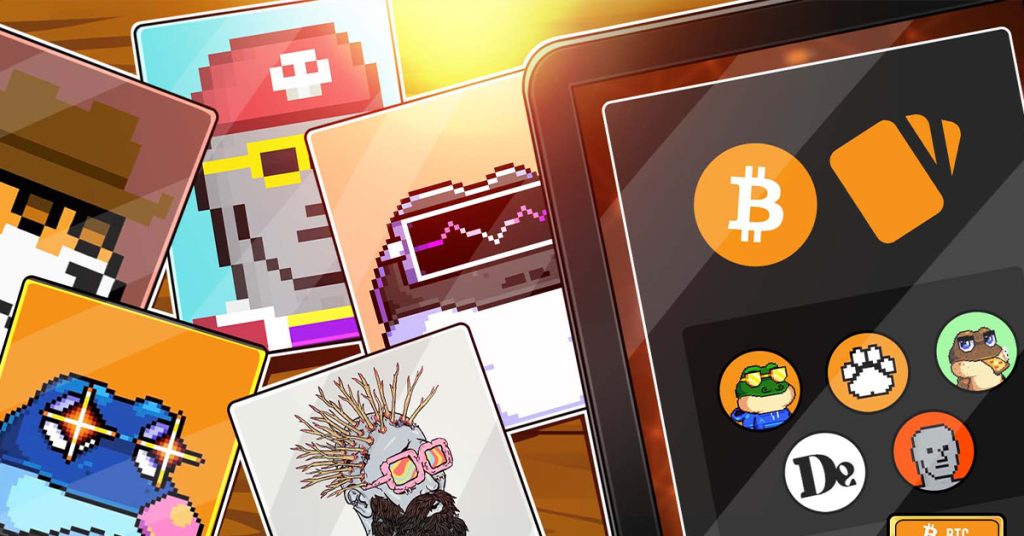
Responses